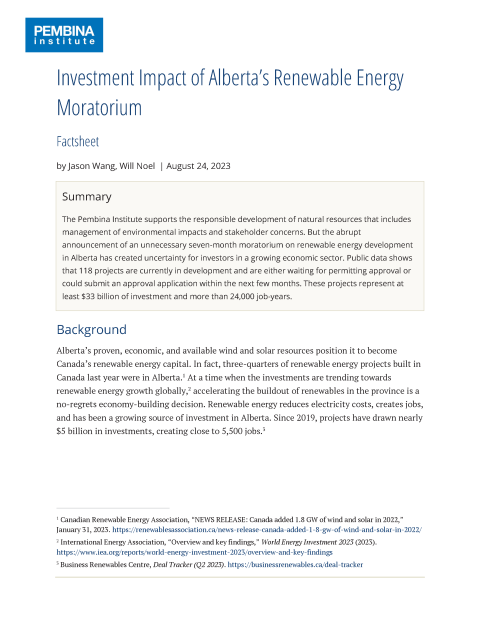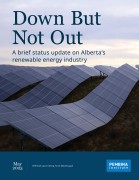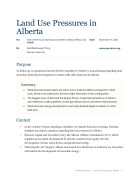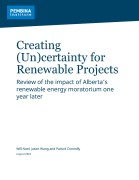Alberta’s proven, economic, and available wind and solar resources position it to become Canada’s renewable energy capital. In fact, three-quarters of renewable energy projects built in Canada last year were in Alberta. At a time when the investments are trending towards renewable energy growth globally, accelerating the buildout of renewables in the province is a no-regrets economy-building decision. Renewable energy reduces electricity costs, creates jobs, and has been a growing source of investment in Alberta. Since 2019, projects have drawn nearly $5 billion in investments, creating close to 5,500 jobs.
But on August 3, 2023, the Government of Alberta announced a seven-month pause on approvals for renewable energy projects over 1 megawatt (MW) — including wind, solar, and geothermal, though excluding microgeneration.
Natural resources should be developed responsibly with care to mitigate environmental impact and address stakeholder concerns. However, there are several measures in place already for the responsible development and reclamation of renewable energy resources in Alberta. In addition, renewable projects are only developed with interested landowners. There are improvements that can be made to the measures in place, but they can be undertaken without hampering the industry and stakeholders involved in project development.
We reviewed the Alberta Electric System Operator’s (AESO) list of electricity generation projects in development in relation to their approval status from the Alberta Utility Commission (AUC) to determine how many projects are impacted by Alberta’s renewable energy development moratorium and what this means for investments, revenues, and jobs in the province.
Public data shows that 118 projects are currently in development and are either waiting for permitting approval or could submit an approval application within the next few months. These projects represent at least $33 billion of investment and more than 24,000 job-years.








